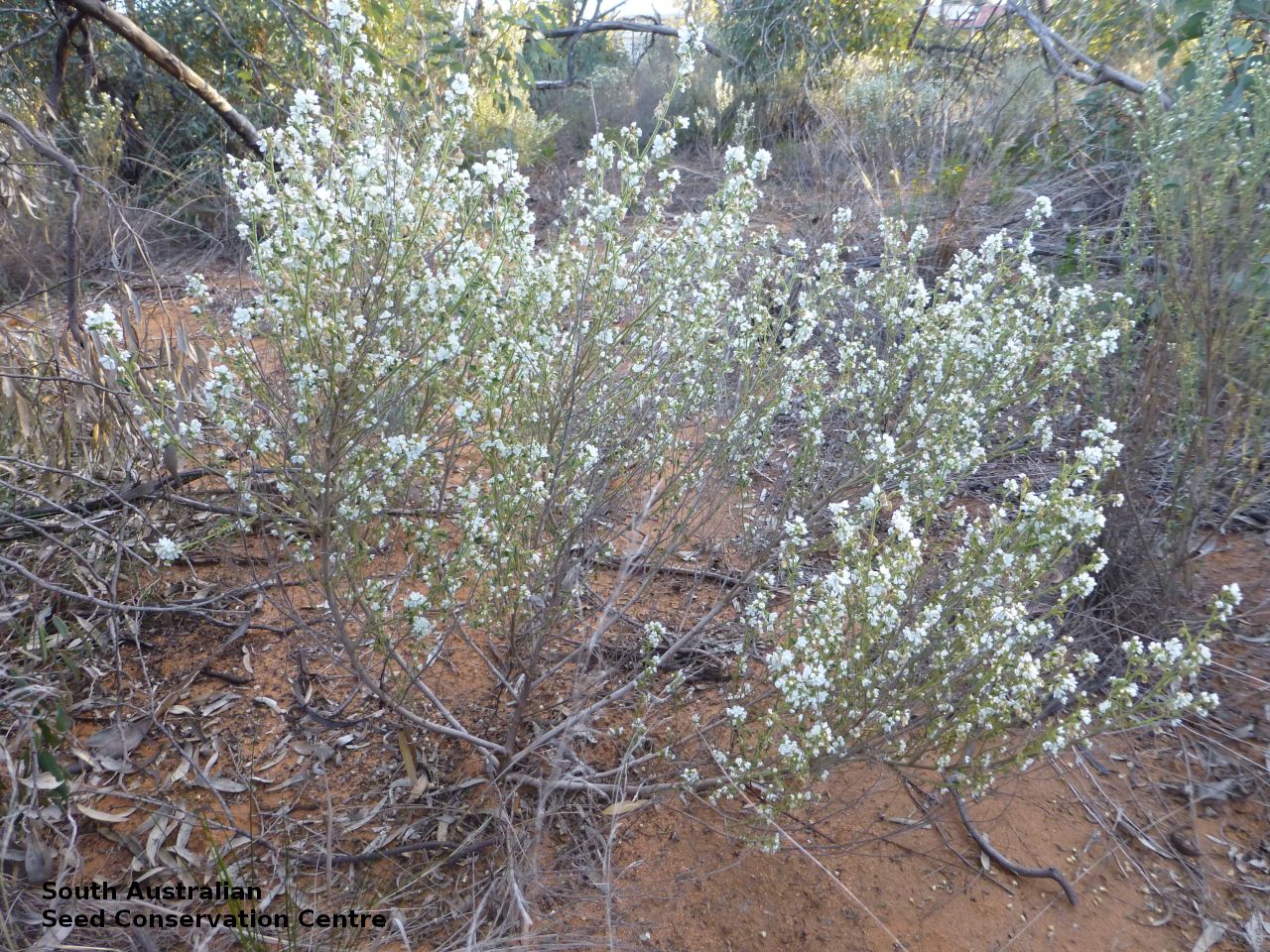
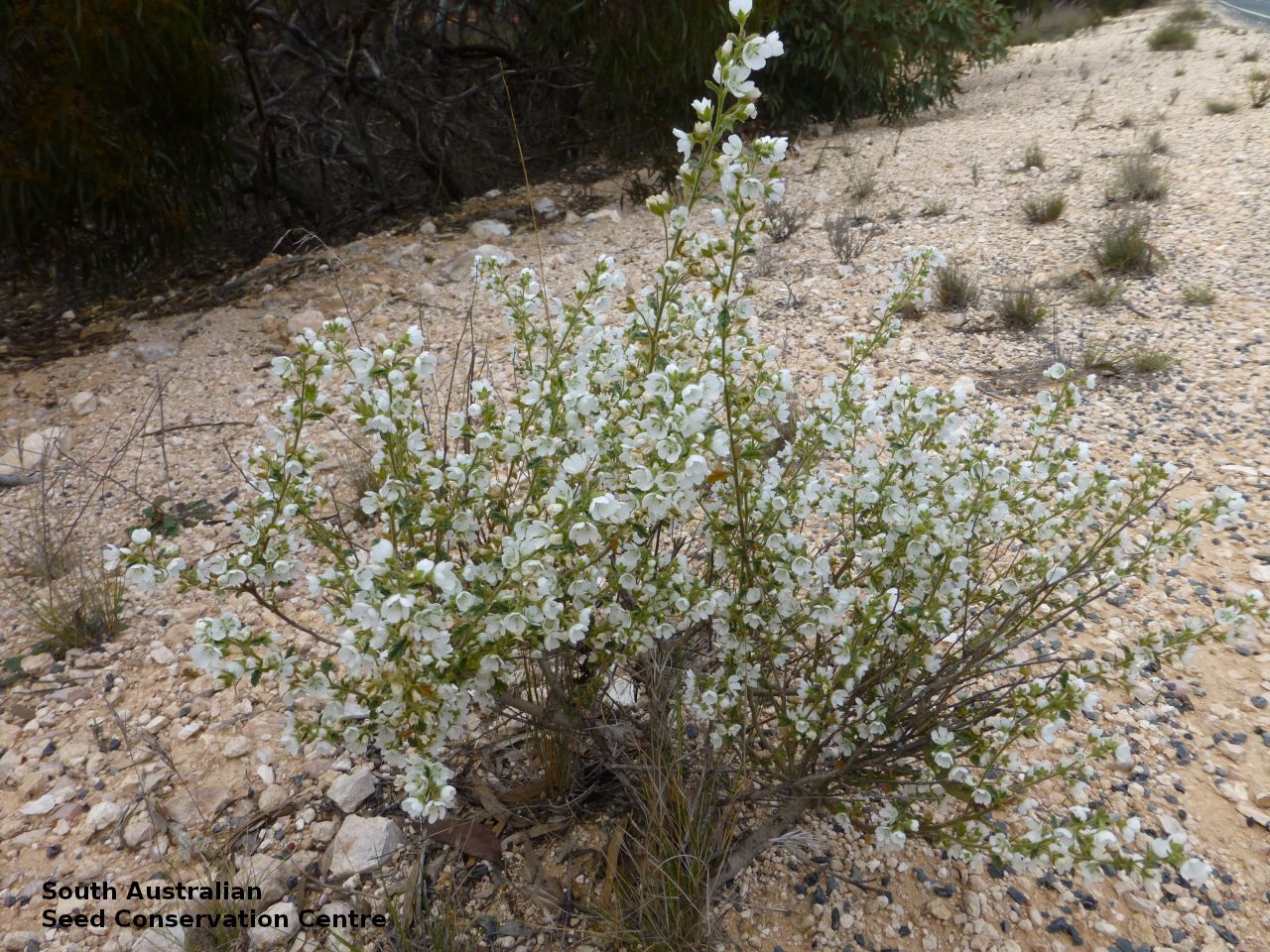
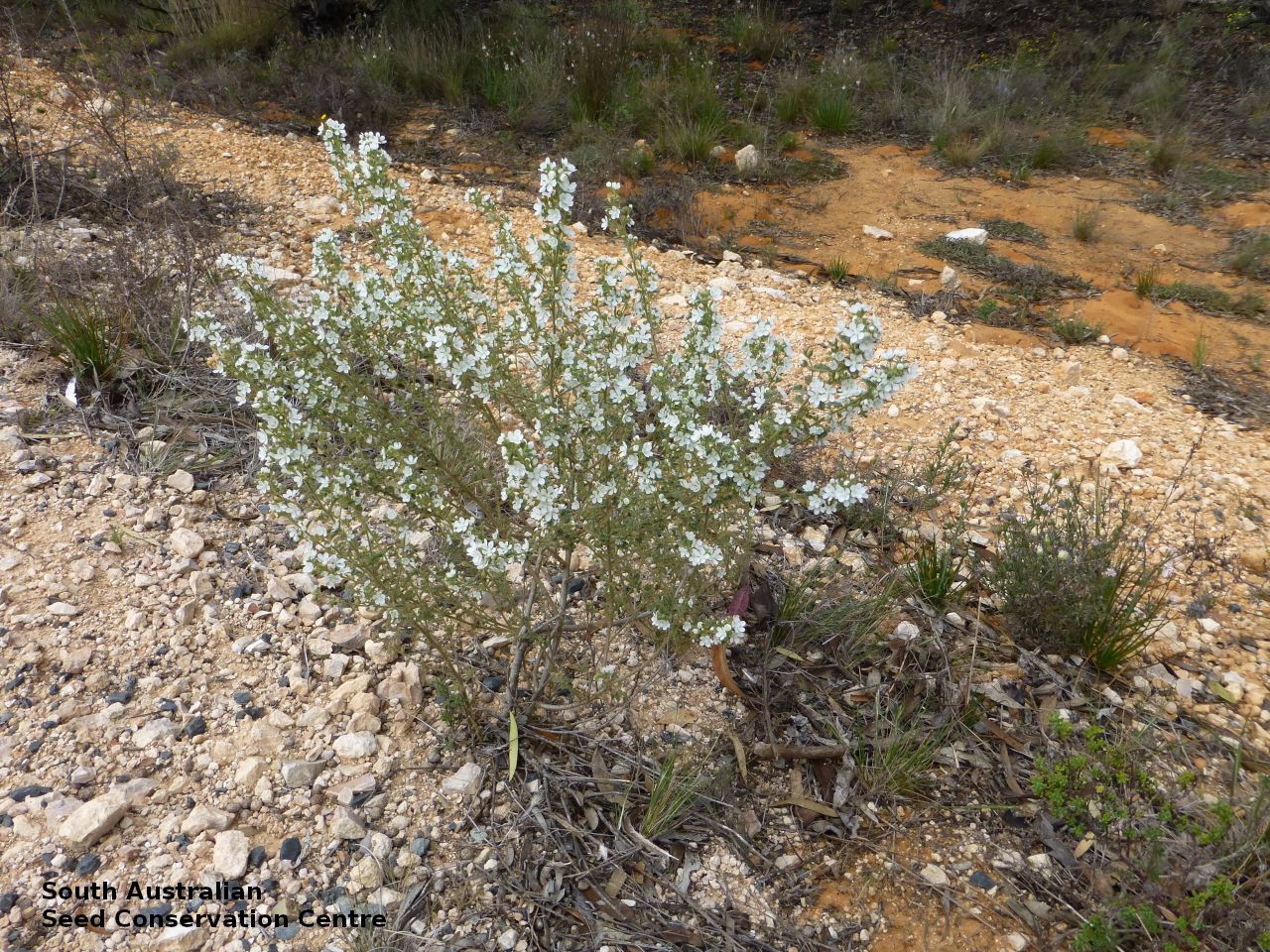
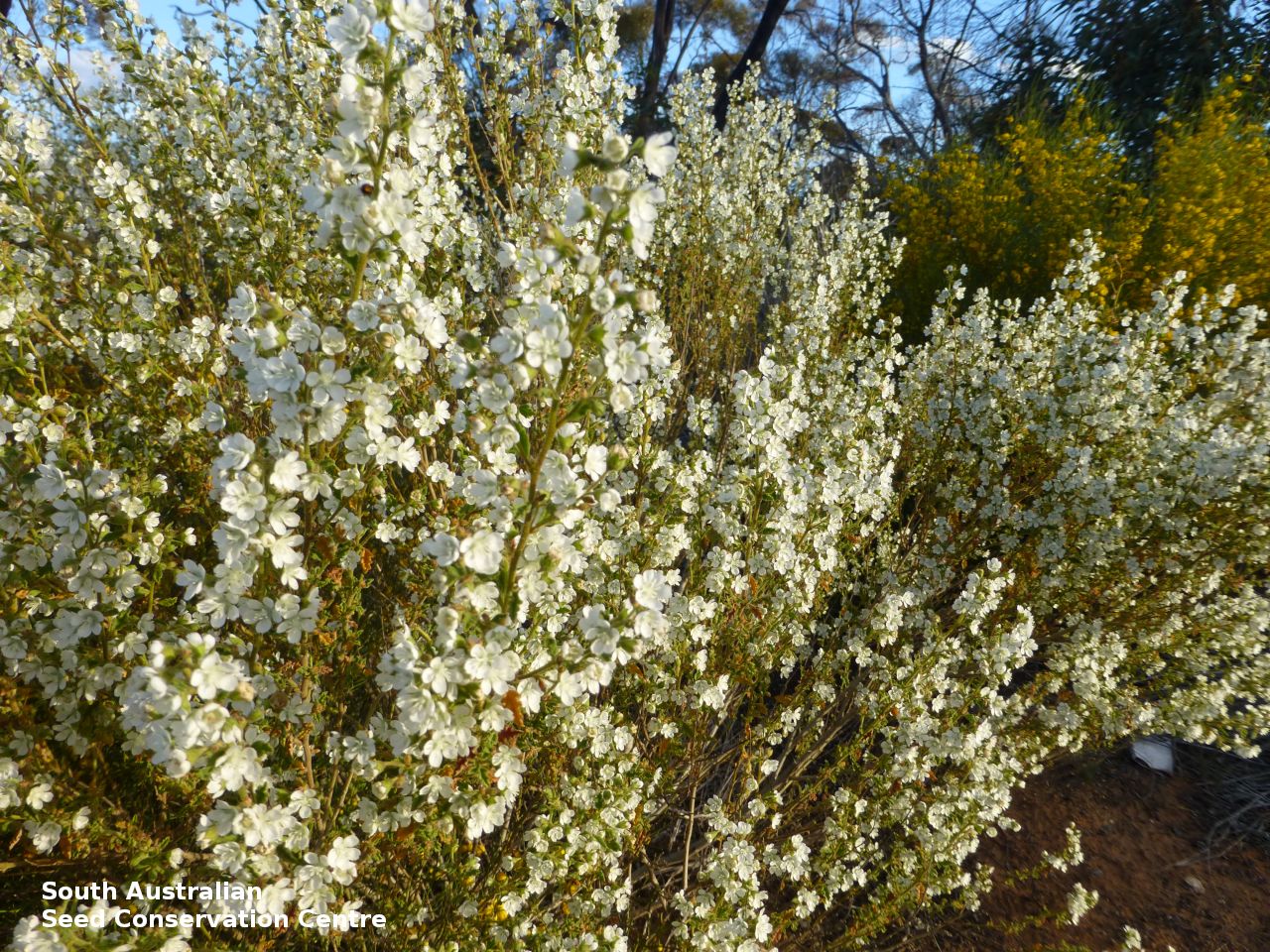
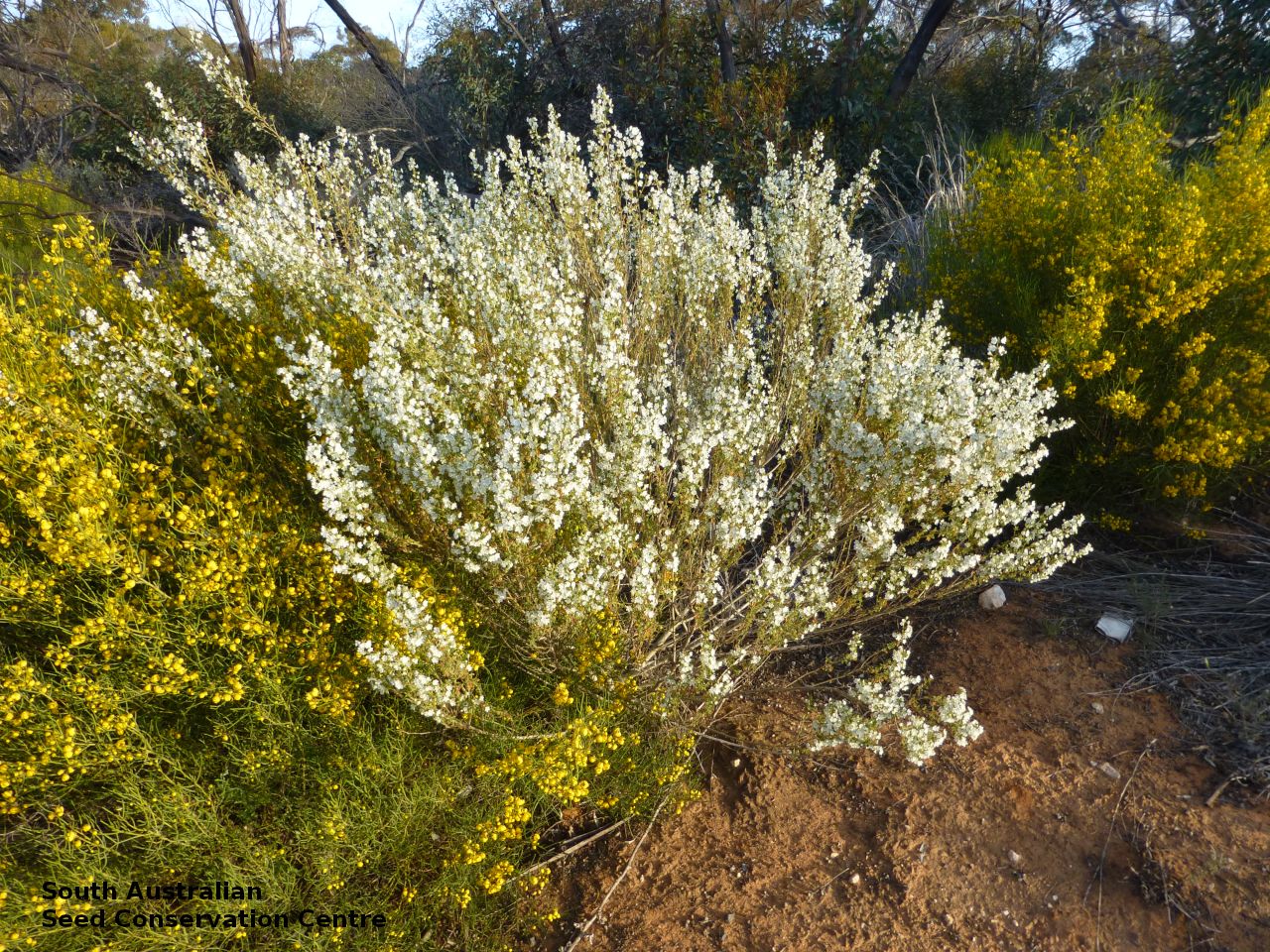
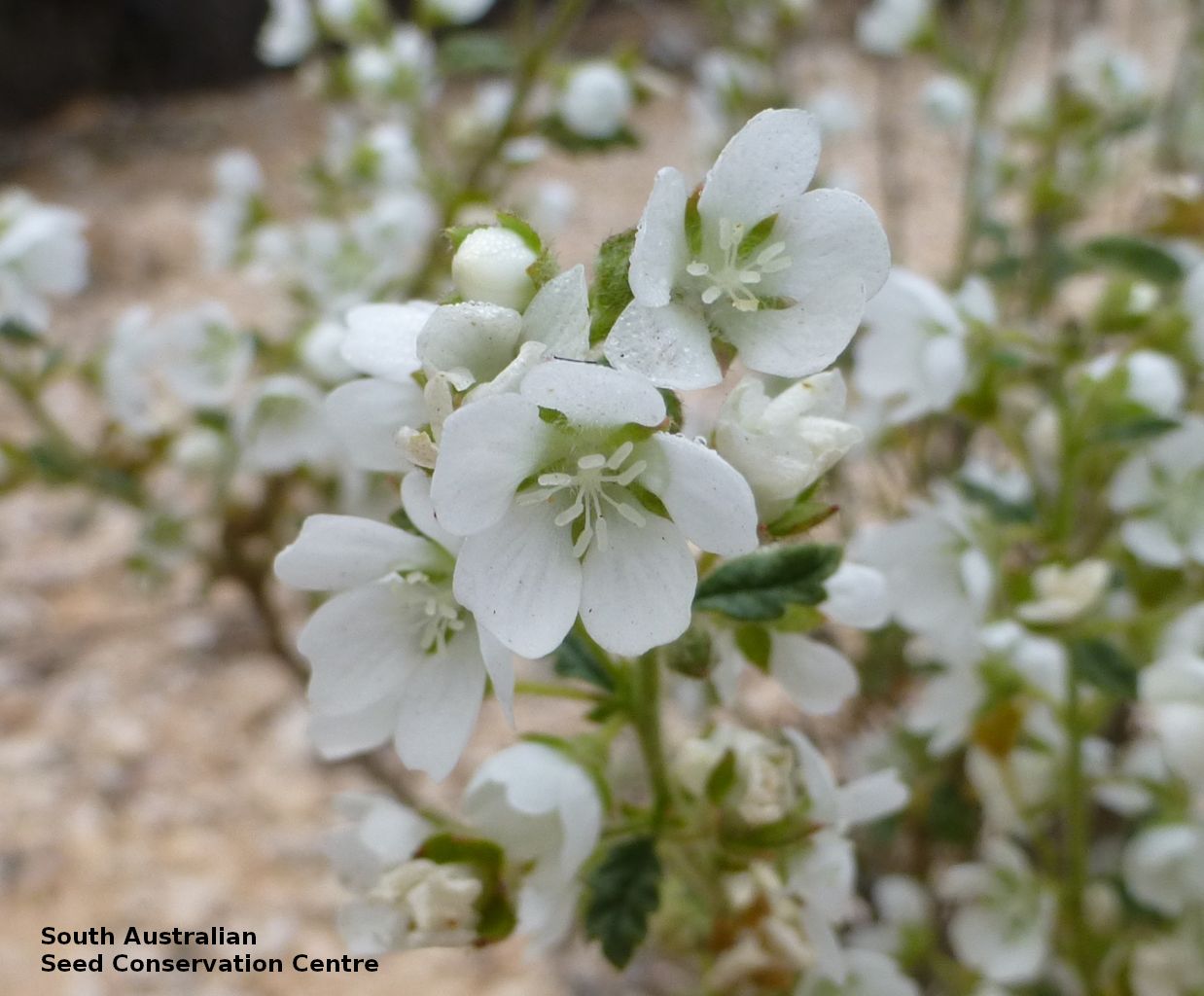
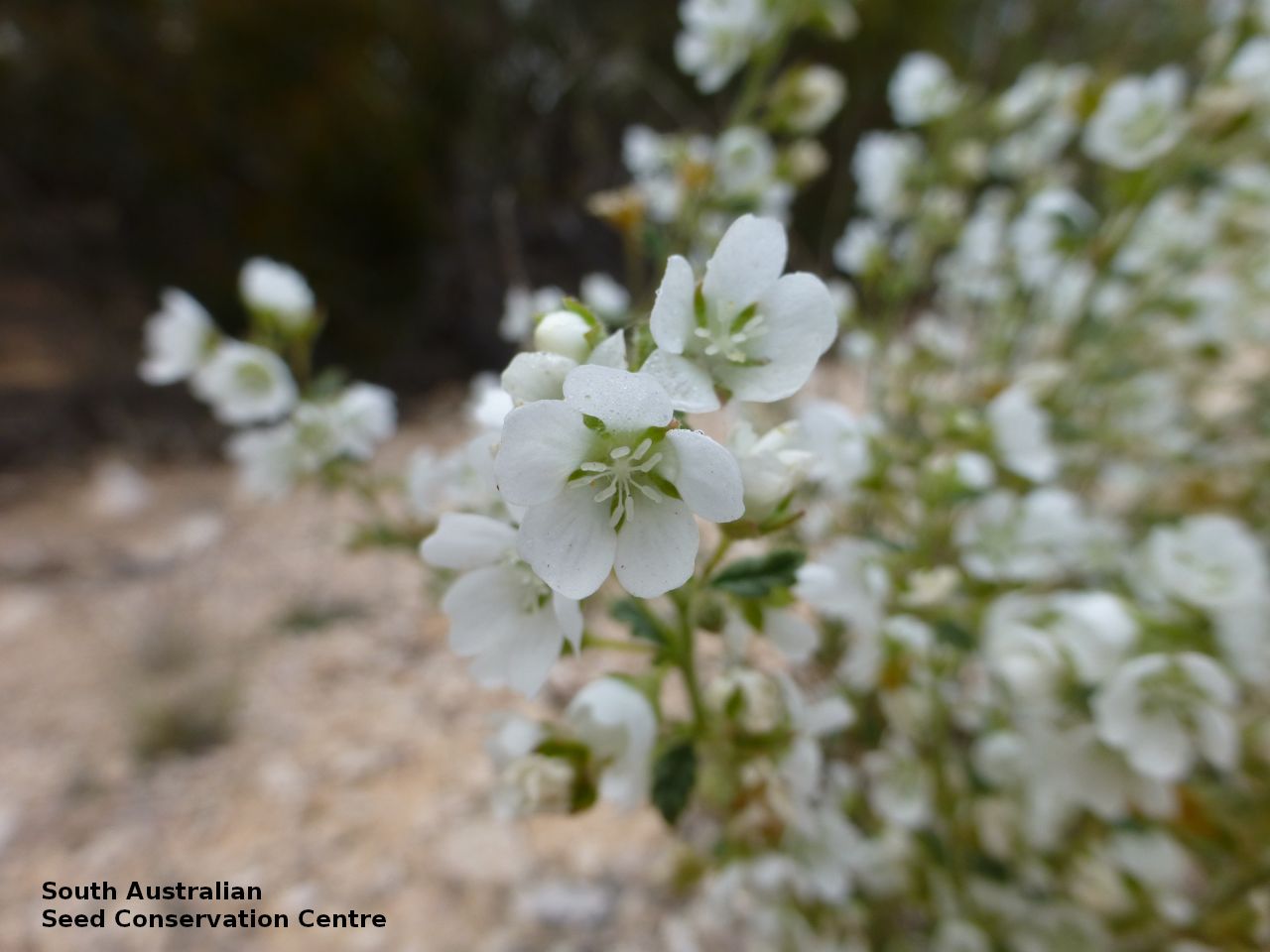
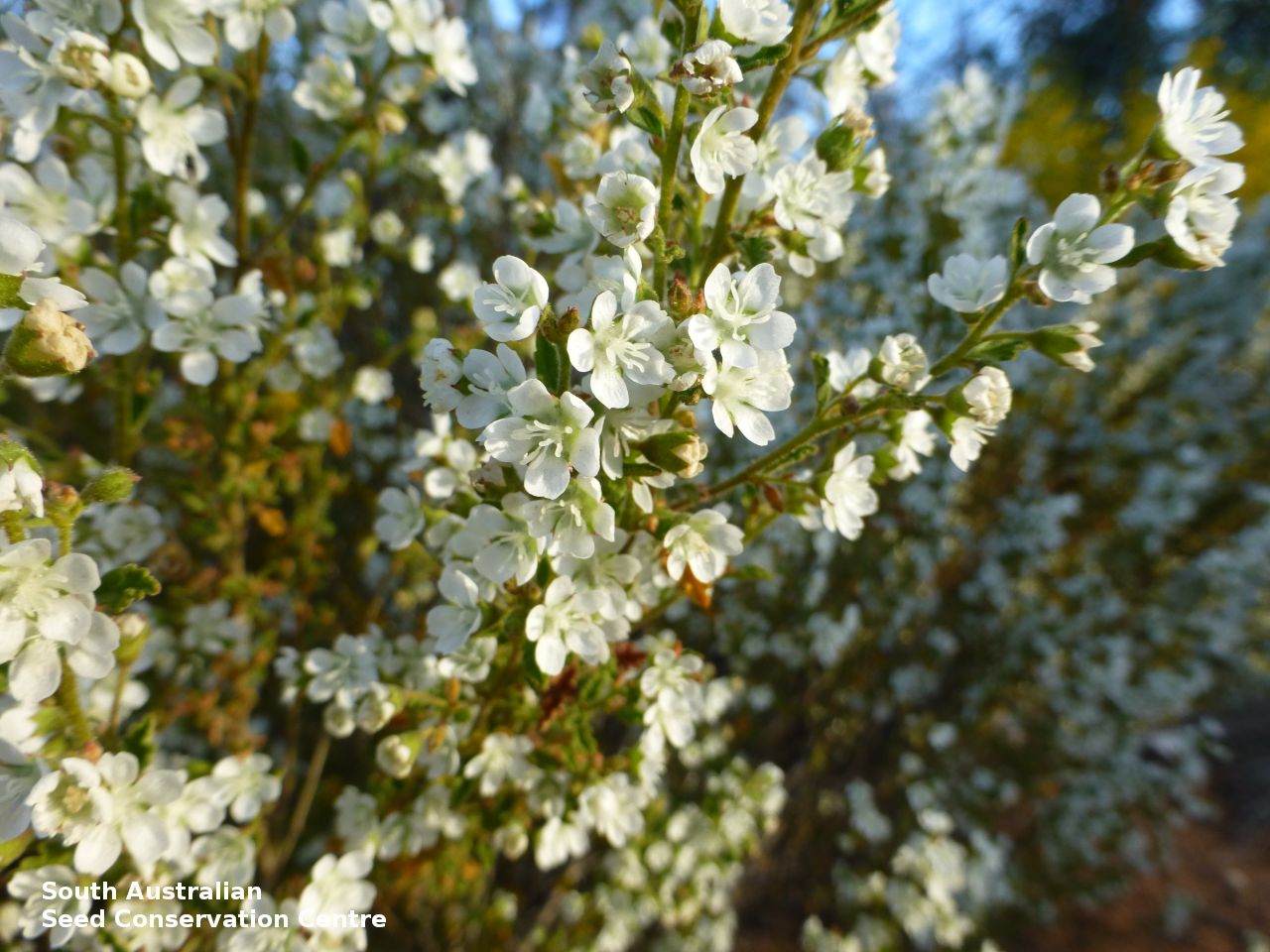
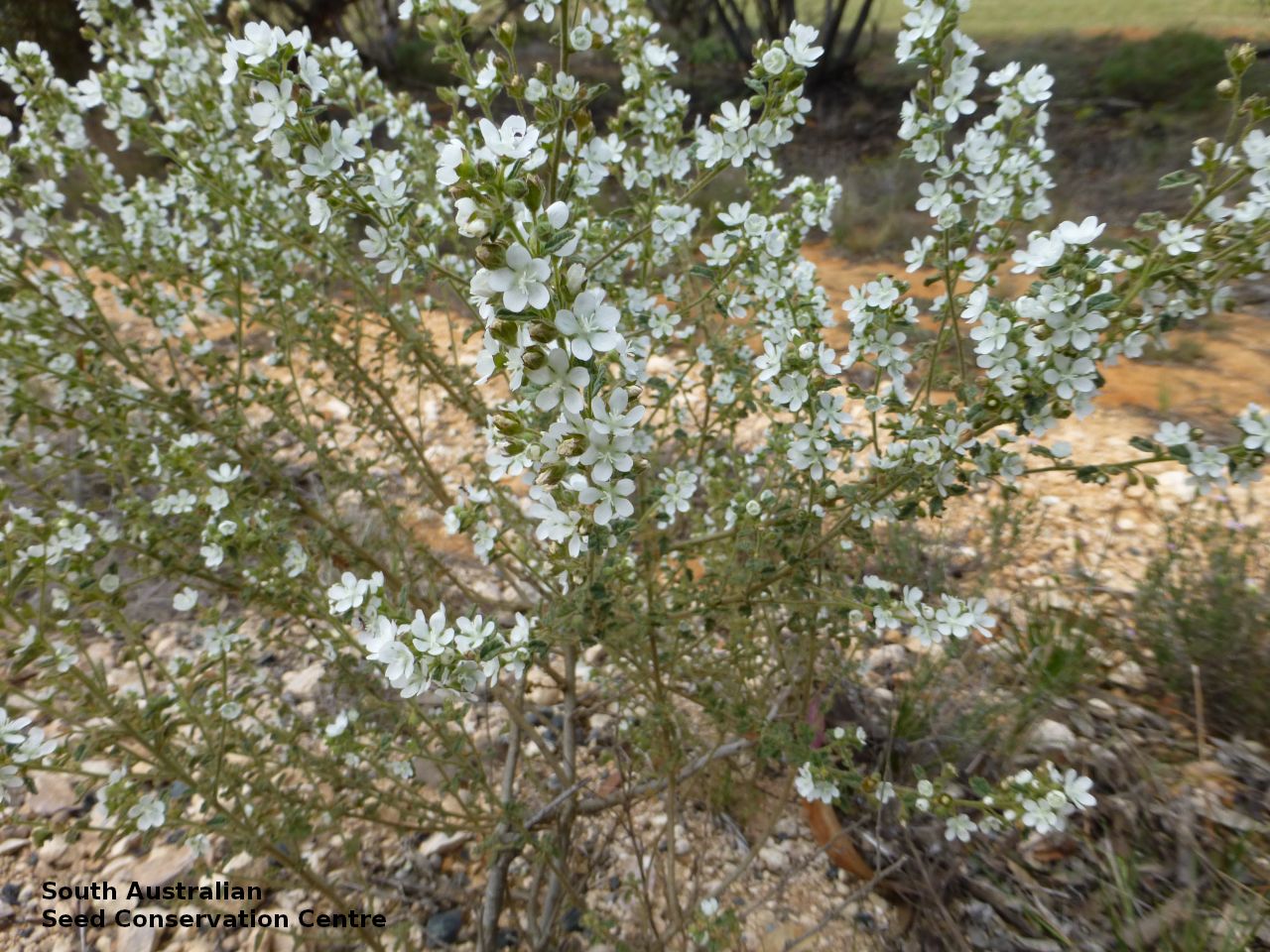
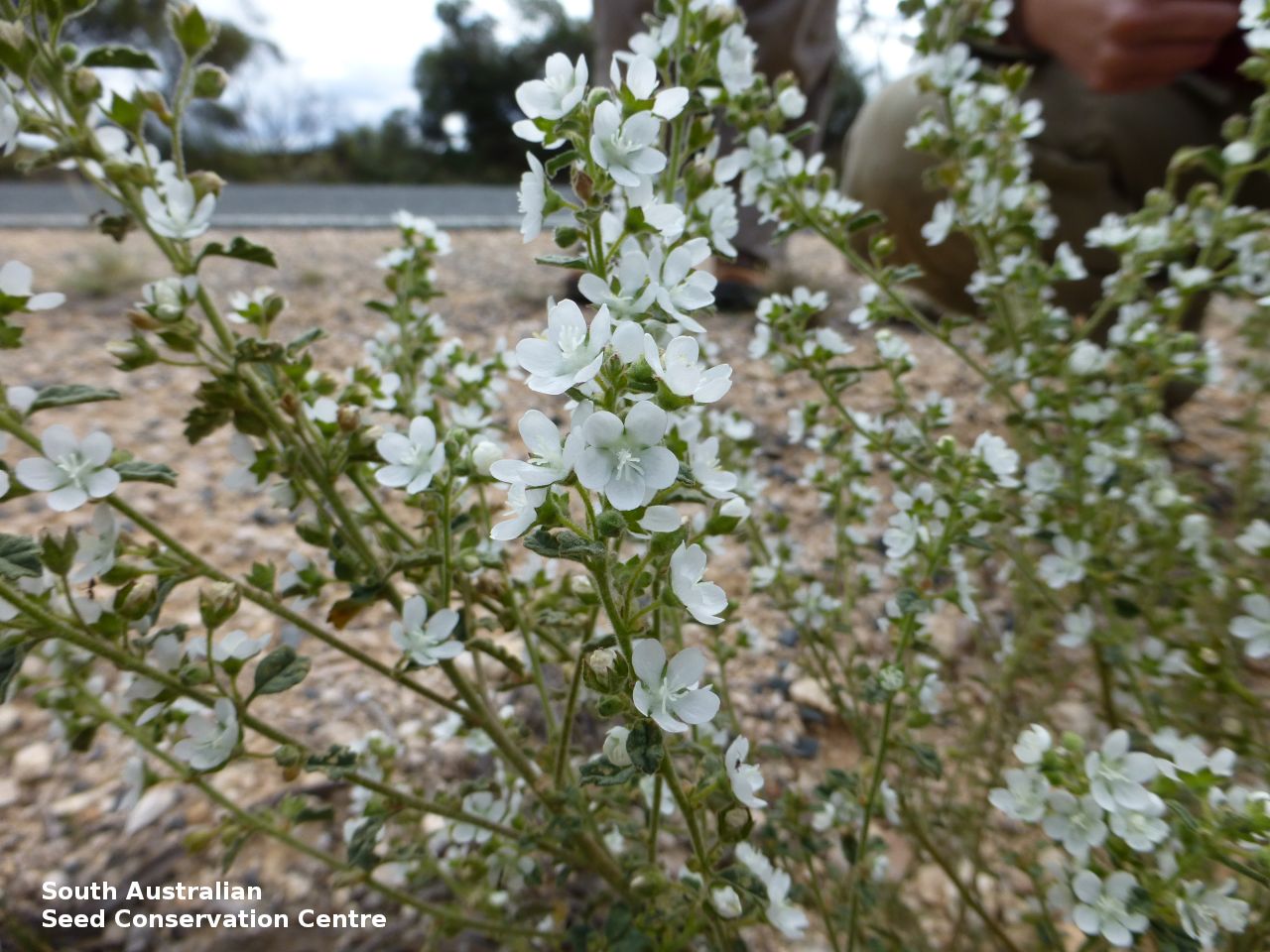
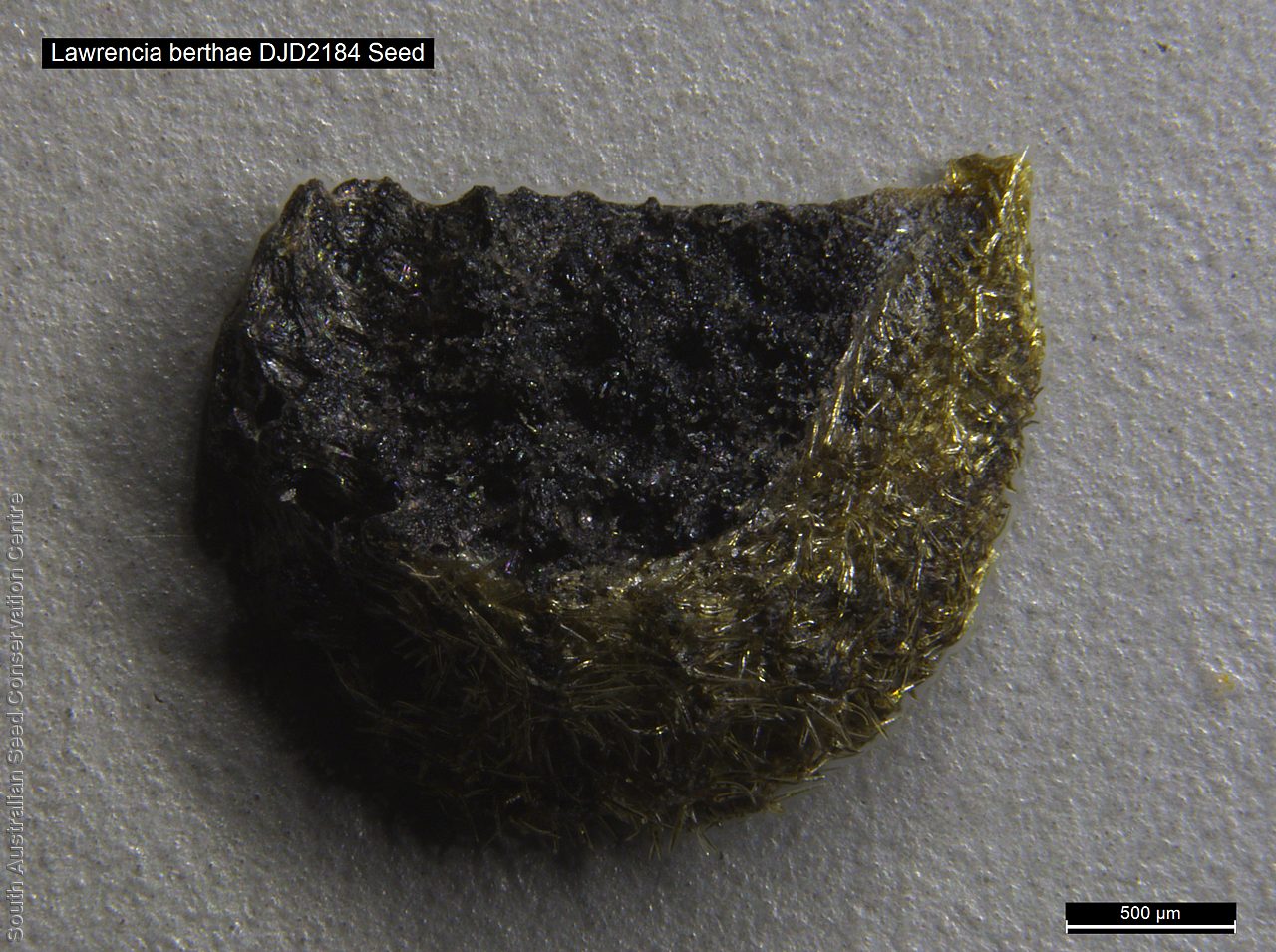
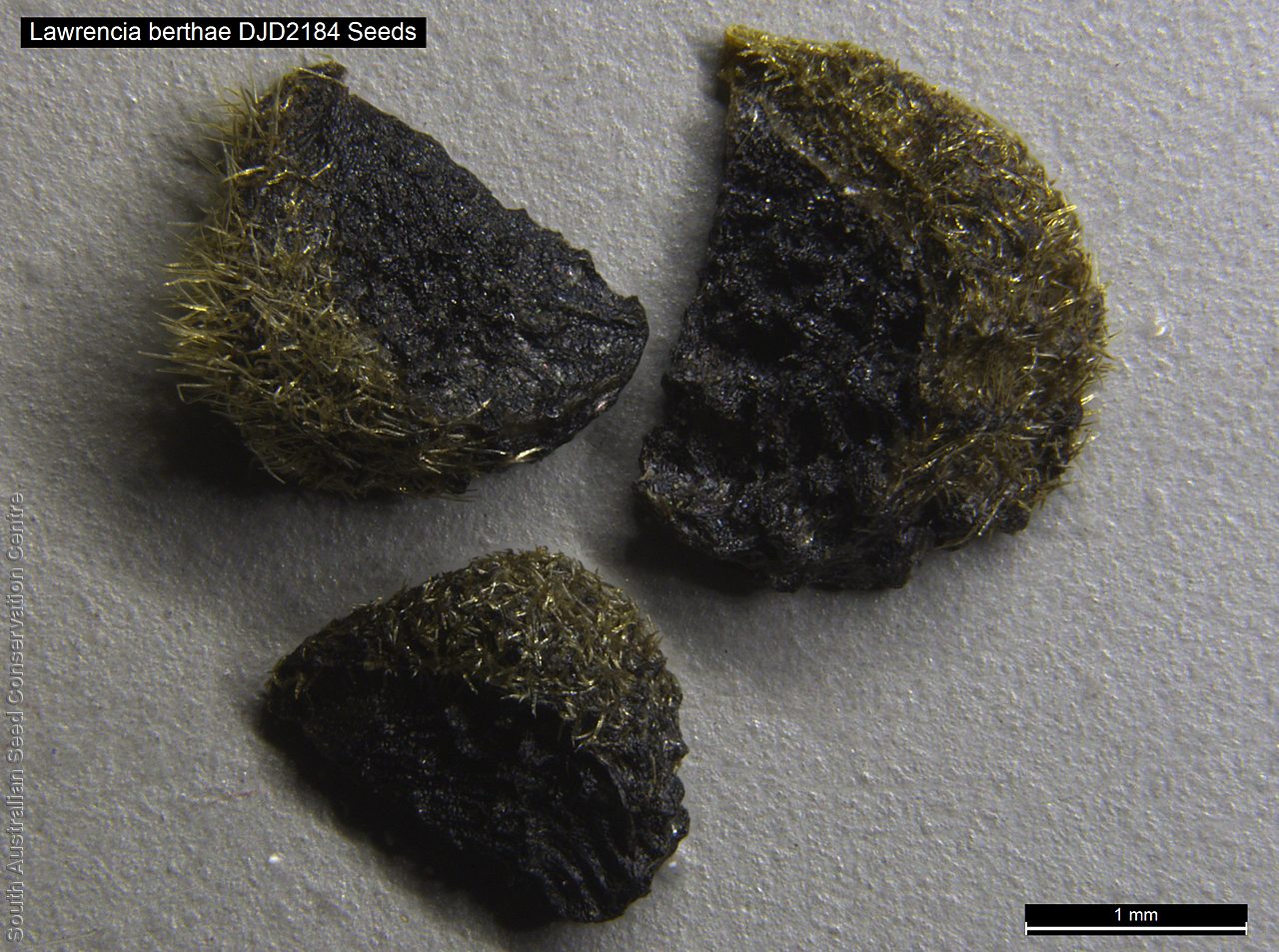
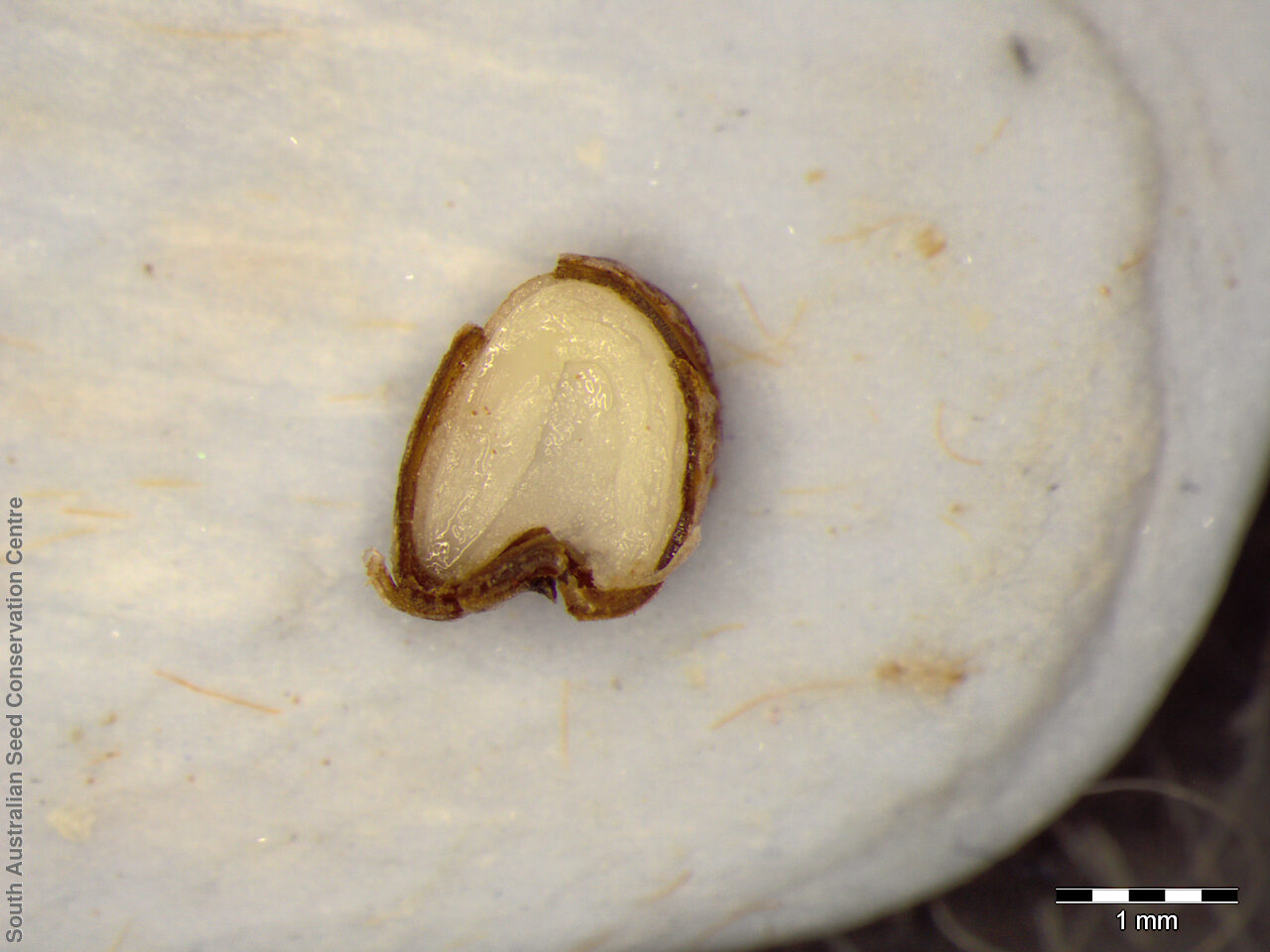
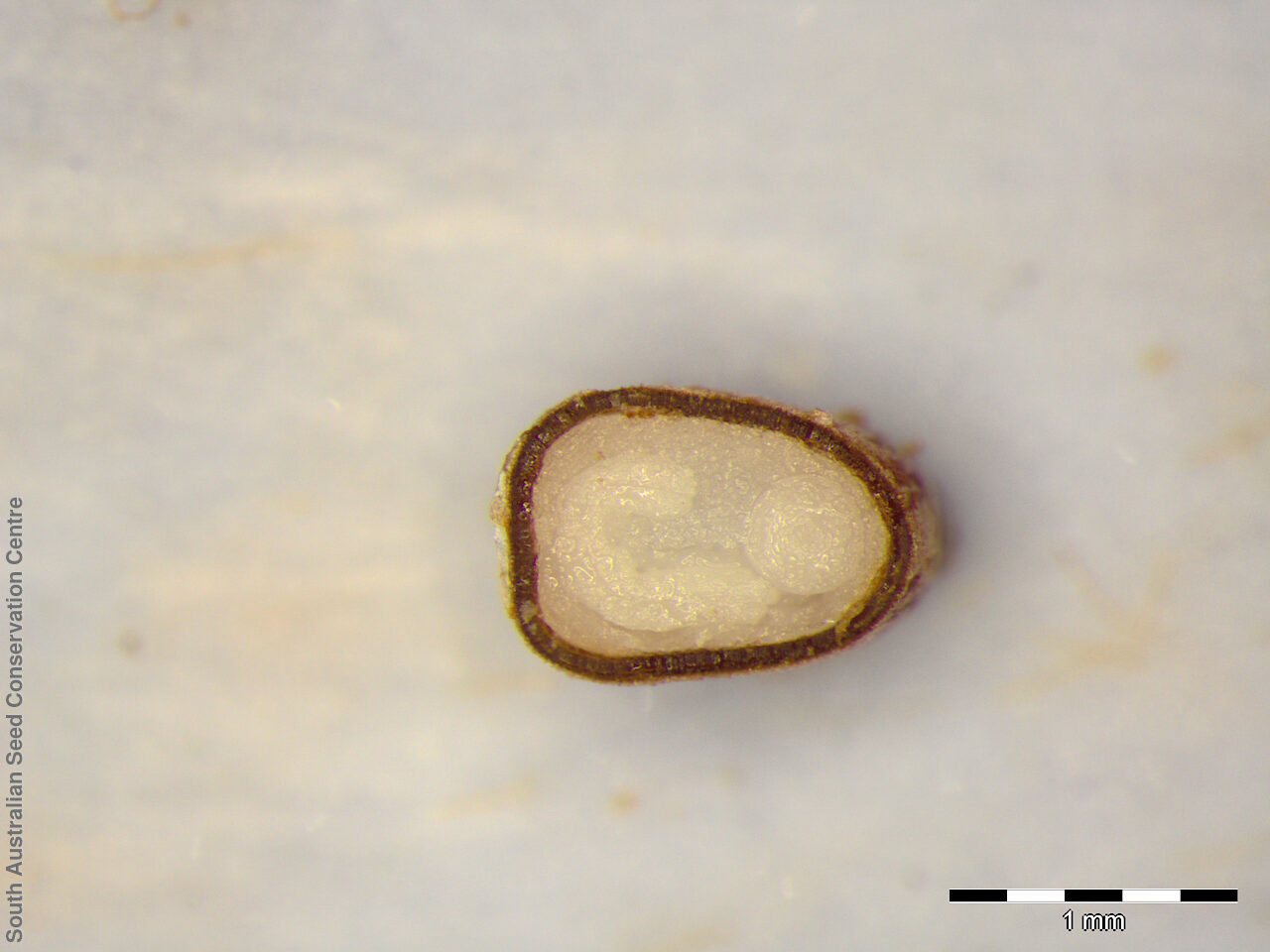

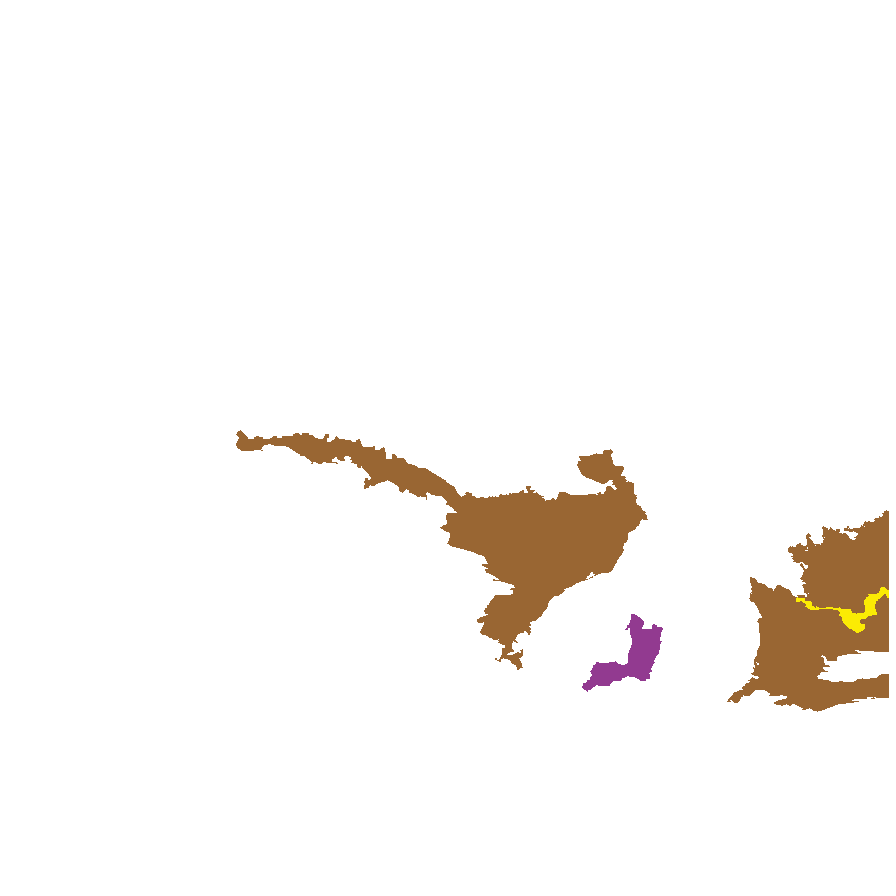
Prior names
Plagianthus berthae
Etymology
Lawrencia, named after Robert Williams Lawrence (1807-33), an English-born botanist and plant collector in Tasmania. Berthae, named after Bertha Doughty (1827-1896), sister of Ferdinand von Mueller.
Distribution and status
Found on the Eyre Peninsula and in the Murray region in South Australia growing on clay, sandy clay and sand. Also found in Western Australia and Victoria. Native. Rare in South Australia. Very rare in Victoria. Uncommon in Western Australia.
Herbarium regions: Eyre Peninsula, Murray
NRM regions: Eyre Peninsula, South Australian Murray-Darling Basin
AVH map: SA distribution map (external link)
Plant description
Small greyish-green dioecious sub-shrub to 80 cm high, with many slender hairy, herbaceous branches. Leaves elliptic to obovate-cuneate, to 20 mm long and 8 mm wide, V-shaped in section; margins crenate to shallowly lobed, both surfaces densely hairy. Inflorescence solitary or in small clusters in the axils of leaves, with large white flowers. Flowering between July to October. Fruits are hairy brown ovoid fruit to 2 mm high and 6 mm diameter, consisting of a number of seed segments. Seeds are dark brown to black wedge-shaped seed to 2 mm long and 1 mm wide, covered with coarse hairs on the outer surface. Seed embryo type is folded.
Seed collection and propagation
Collect seeds between September and November. Collect mature fruits; those that are turning a brown colour and with the segments containing dark hard seeds. Place the fruits in a tray and leave to dry for one to two weeks, then rub the fruits gently by hand to separate the seed segments. Use a sieve to separate the unwanted material. Store the seeds with a desiccant such as dried silica beads or dry rice, in an air tight container in a cool and dry place. From one collection, the seed viability was average, at 76%. This species has physical dormancy that needs to be overcome for the seed to germinate (e.g. nicking or softening the seed coat).
| Location | No. of seeds (weight grams) | Number of plants | Date collected | Collection number Collection location | Date stored | % Viability | Storage temperature |
|---|---|---|---|---|---|---|---|
| BGA | 1,580 (2.19 g) | 10 | 18-Oct-2011 | DJD2184 Murray | 1-Nov-2012 | 76% | -18°C |
Number of plants: This is the number of plants from which the seeds were collected.
Collection location: The Herbarium of South Australia's region name.
% Viability: Percentage of filled healthy seeds determined by a cut test or x-ray.